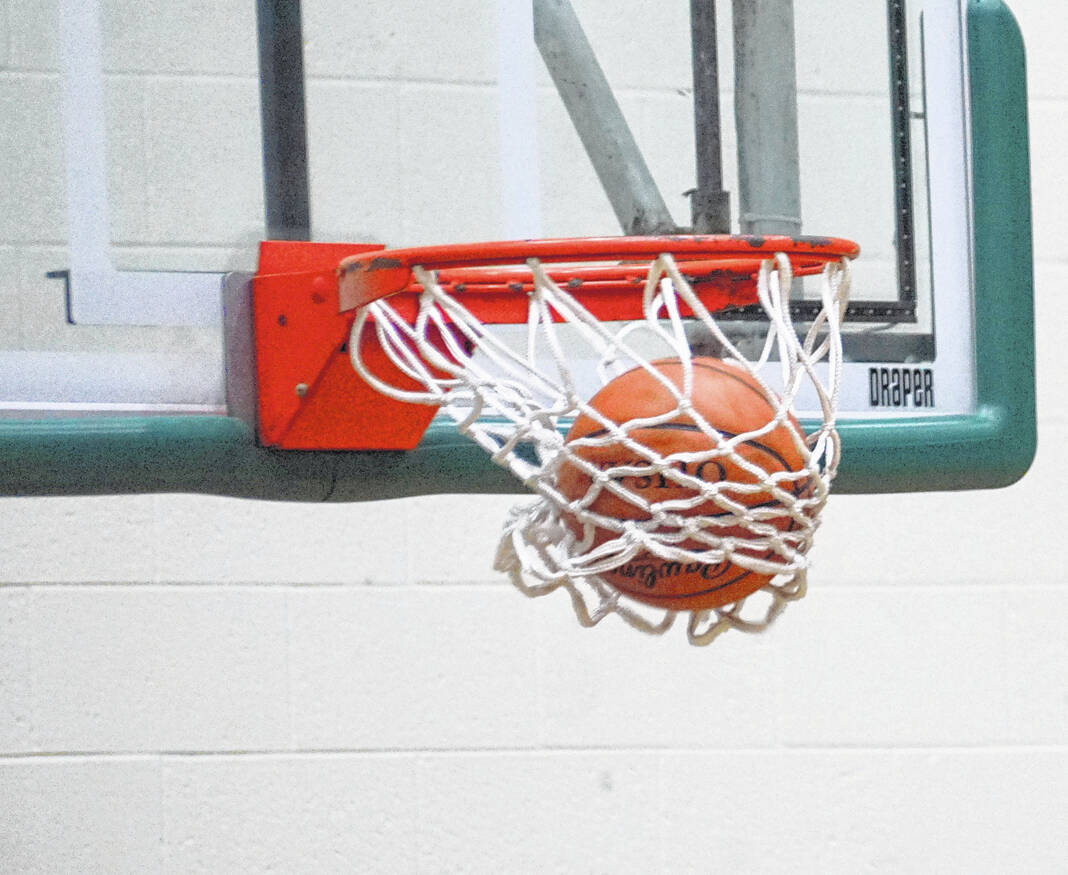
LeVelle Moton had just watched North Carolina Central, a program that he has turned into a mid-major mainstay in the NCAA Tournament, get obliterated by Kansas, yet he had a hard time wiping the smile from his face.
He knew that, win or lose, his team had experienced something special just by playing the Jayhawks in Allen Fieldhouse.
“Kansas is just the mecca of basketball, right?” Moton asked. “You walk in and there’s subtle signs where they play mind games — it says, ‘Welcome to the Phog.’ ‘Beware.’ I’m like, ‘Wow, you can’t even look at the signs!’ I’ve never been to a place where the fans beat the teams there. They were out there an hour-and-a-half before we showed up. It looks like a movie. It feels like a movie.
“It’s just a special place,” Moton said. “It’s just unreal. It’s profound, and it was great to play there.”
Four days later, Manhattan coach John Gallagher walked off the floor after a similar rout with a similar feeling.
“I grew up in Philly. The Palestra is heaven to me,” Gallagher said of the Philadelphia mainstay, which has hosted more NCAA games than any other facility, “and this is the Palestra on steroids. This is the best place in college basketball.”
You’ll find plenty of people who agree. And plenty more with differing opinions.
As the AP Top 25 celebrates its 75th anniversary, it is worth looking back at some of the great venues that those teams called home, including some that are no longer in use today.
HINKLE FIELDHOUSE
If there is a holy trinity of college basketball cathedrals, the home of Butler — and for decades home of the Indiana high school basketball championship — might stand alongside Allen Fieldhouse and the Palestra. How many college basketball arenas are on the National Register of Historic Places? Or is believed to have feelings? Or had a starring role in the iconic film, “Hoosiers?”
RUPP ARENA
The Baron of the Bluegrass, Adolph Rupp, had his name attached to Kentucky’s arena when it was built 1976. It replaced another iconic venue, Memorial Coliseum, which had opened in 1950 and where Rupp laid the cornerstone for the Wildcats’ dynasty.
CAMERON INDOOR STADIUM
The same architectural firm that built the Palestra built Duke Indoor Stadium in 1940. It remains the home of the Blue Devils, though since 1972 it has been known by its more familiar name: Cameron Indoor Stadium. The fandom knows a lot about being outdoors, too, with campouts part of the lore.
PAULEY PAVILION
One of the greatest venues on the West Coast and the home of UCLA may not carry the same intimidation factor as Allen Fieldhouse or Cameron Indoor Stadium, but those places also don’t have 11 national championship banners hanging from the rafters, either. Kareem Abdul-Jabbar, Bill Walton, Reggie Miller, Ed O’Bannon, Kevin Love and Ann Meyers all starred here.
BARNHILL ARENA
Before becoming the home of Arkansas gymnastics with the opening of Bud Walton Arena, the Razorbacks’ old facility came to be known as “Barnhell” for the teams fielded by Nolan Richardson and their famed “40 Minutes of Hell” style.
MUNICIPAL ARENA
The art-deco home to Kansas City of the Summit League was for many years the home to the Final Four. Nine times the NCAA crowned its champion on its floor, the last of them John Wooden’s first championship team with UCLA in 1964.
HEC EDMUNDSON PAVILION
College basketball was centered largely on the Midwest and East Coast when Hec Ed opened for Washington in 1927. Kentucky and Kansas won national championships there; many more teams have tasted defeat.
FREEDOM HALL
It was the home of Louisville basketball for more than five decades, before being replaced by the KFC Yum! Center, one of the best of the new breed of arenas. It’s still in use for college basketball by Bellarmine, which is transitioning to Division I.
THE PIT
Its innovative design — you travel 37 feet down to reach the arena floor — gave it its name, but New Mexico has made it the pits for plenty of teams over the years. It was the site of North Carolina State’s upset of Houston in the 1983 Final Four.
ASSEMBLY HALL
Its opening at Indiana coincided with the hiring of Bob Knight, and together they would achieve greatness — and generate their share of controversy. Its exceptionally steep sideline bleachers are not for the faint of heart.
___
For more on the 75th anniversary of the AP Top 25: https://apnews.com/the-ap-top-25-at-75 Get poll alerts and updates on the AP Top 25 basketball polls throughout the season. Sign up here. AP college basketball: https://apnews.com/hub/ap-top-25-college-basketball-poll and https://apnews.com/hub/college-basketball

